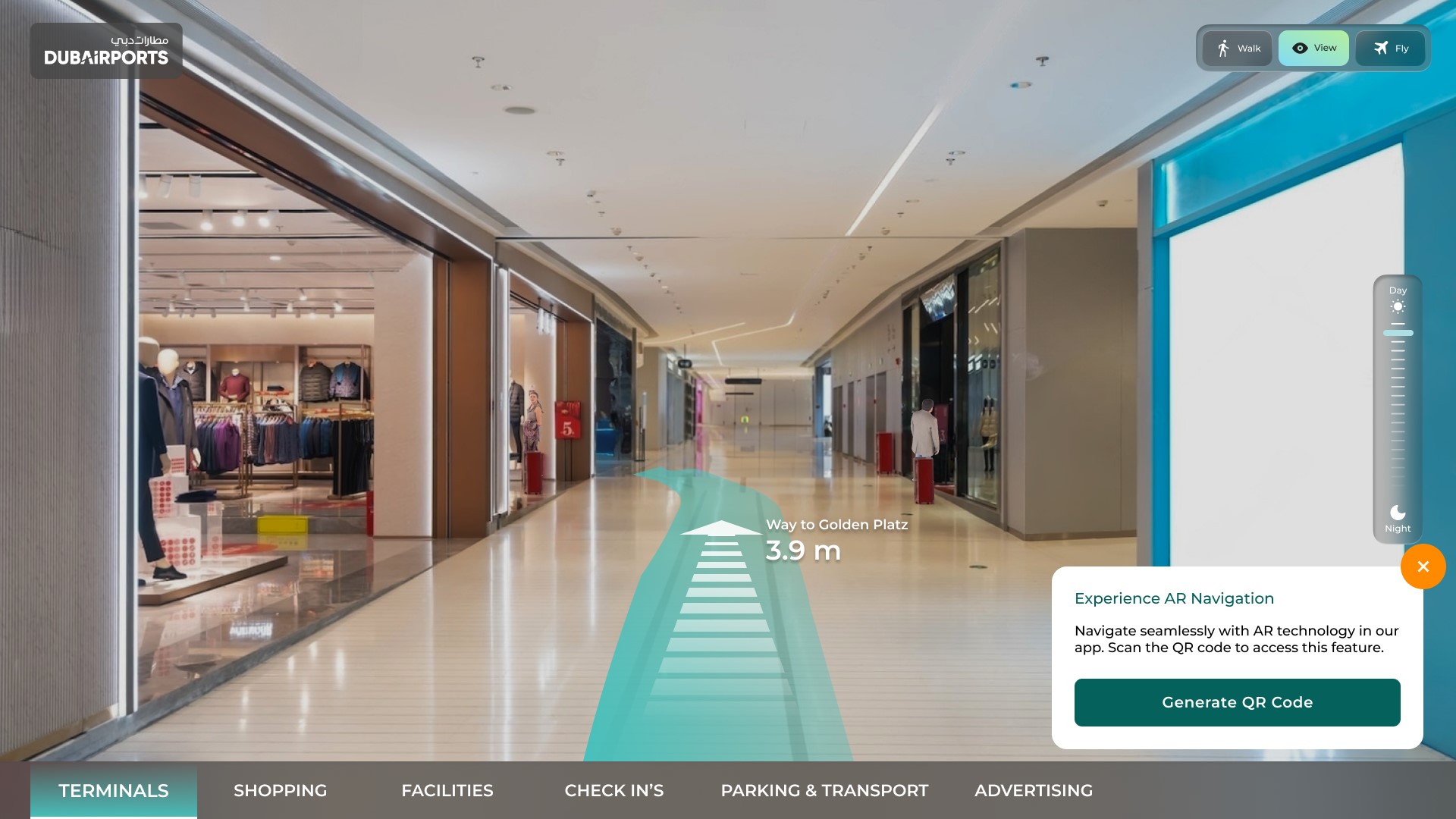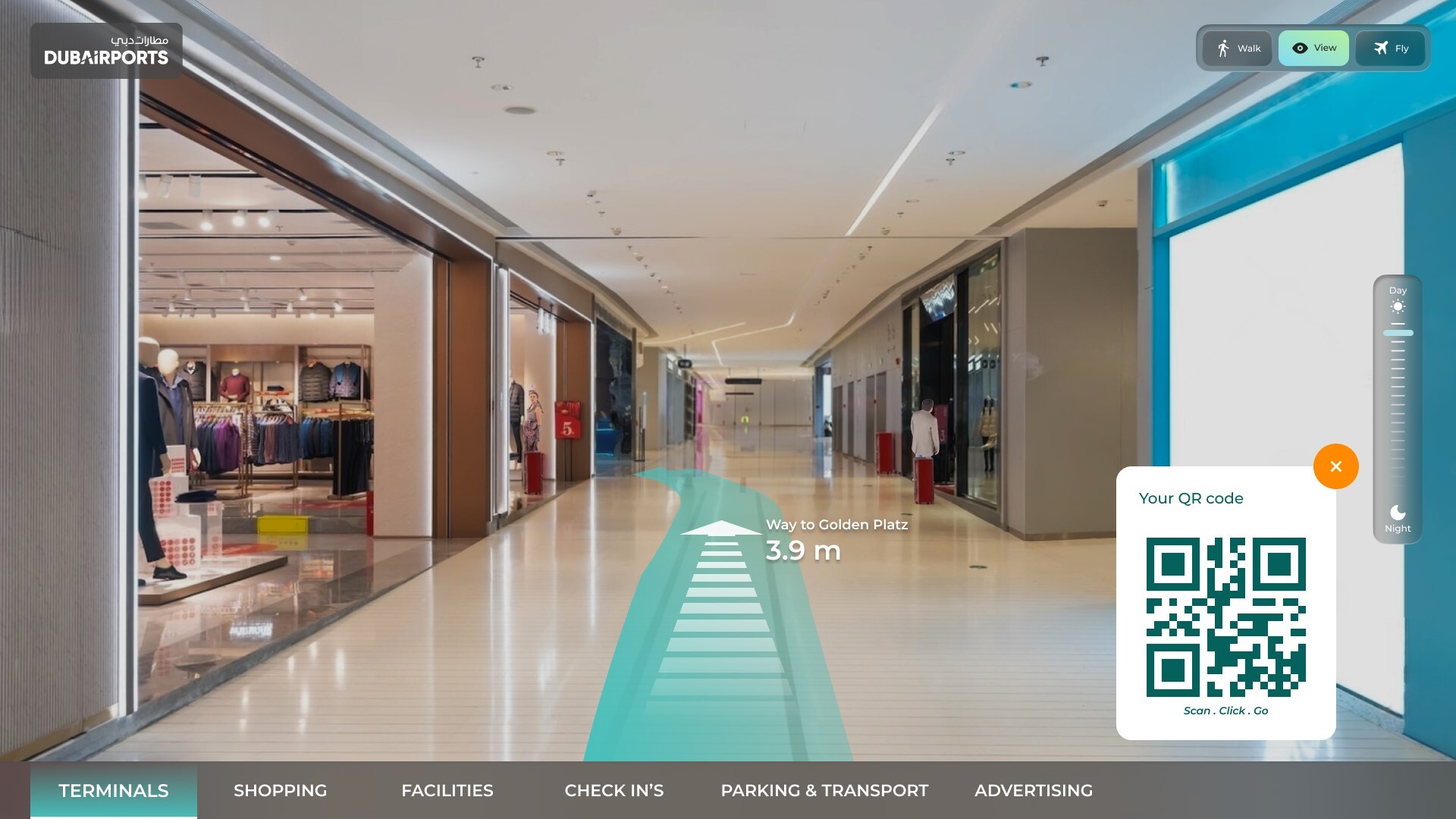Introduction:
Airports are always looking for methods to improve the passenger experience in the cutthroat world of modern aviation. Although there are many advantages to digital twin technology, its implementation can be difficult and resource-intensive. To ensure data privacy and security, airports must invest in vital data infrastructure and provide staff with the necessary training to use the technology. The possible benefits, though, are significant. This case study examines how digital twin technology helps airports provide personalized services and up-to-date information, giving travellers a smooth and stress-free journey.
Scenario Analysis:

By utilizing digital twin technology, an inventive airport—let us refer to it as Airport X—aims to improve the traveller experience. Passengers receive individualized navigation assistance at Airport X based on their needs and preferences. The system will direct a passenger via the quickest path to their next gate, for example, if they have a tight connection. Interactive maps and step-by-step instructions that utilize data from the digital twin and passenger profiles make it simple for travellers to navigate the airport. Updates on gate changes, flight delays, and other pertinent information in real-time guarantee that travellers are informed and in control of their travel experience.

Besides providing customized navigation support, the airport employs RFID tags or other tracking technologies for real-time baggage tracking. These tags allow continuous baggage monitoring from check-in counters to aircraft loading and, ultimately, to baggage claim areas. These tags are attached to passengers luggage during the check-in process. Through self-service kiosks or airport mobile apps, travellers can easily track the whereabouts of their luggage in real time, increasing security and lowering the possibility of misplaced or improperly handled baggage incidents.
Product Integration and Benefits:
Personalized navigation and real-time baggage tracking integrated with the airport's digital twin platform improves the traveller experience. The digital twin platform, a virtual airport version, makes data collection, analysis, and real-time communication possible. By integrating location-based services, data analytics, and real-time communication, the airport provides passengers with relevant information and customized services at each journey stage.
Real-time baggage tracking and personalized navigation have many advantages. Personalized navigation users reported a 20% higher level of satisfaction with their airport experience, per a recent survey. Likewise, a 15% decrease in misplaced luggage due to real-time baggage tracking has significantly increased passenger trust in the airport's offerings. In addition, passengers report feeling less stressed and anxious because they get individualized advice and continuous updates during their time at the airport. Real-time baggage tracking provides passengers with convenience and peace of mind, which can lead to increased passenger satisfaction and loyalty to the airport and airlines.
Furthermore, the airport acquires a substantial competitive advantage by establishing itself as a customer-focused travel hub committed to providing extraordinary experiences. Good customer experiences increase the likelihood of repeat business and word-of-mouth recommendations, which boosts the airport's standing and income potential. This success story has the potential to spur industry innovation by encouraging other airports to invest in comparable digital solutions.
Conclusion:
In summary, real-time baggage tracking and individualized navigation assistance are essential foundations for improving the traveller experience in the aviation sector. Airports can provide real-time information and personalized services tailored to each passenger's individual needs by seamlessly integrating digital twin technology across their operations. By putting the needs and convenience of their customers first, airports can set themselves apart from the competition and build enduring relationships with travellers. Travelers can expect smooth and stress-free travel experiences in the future as long as airports keep innovating and investing in digital solutions.